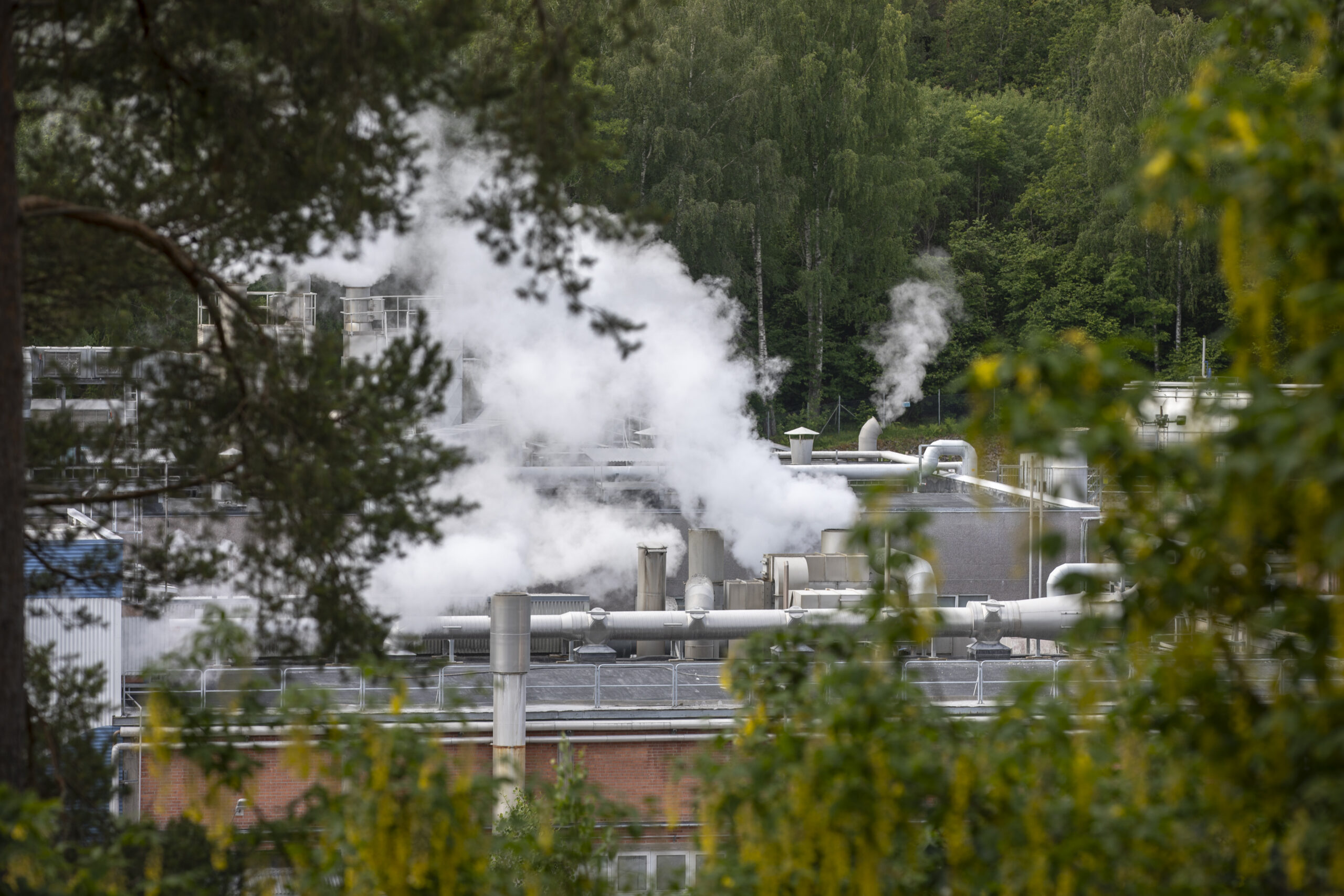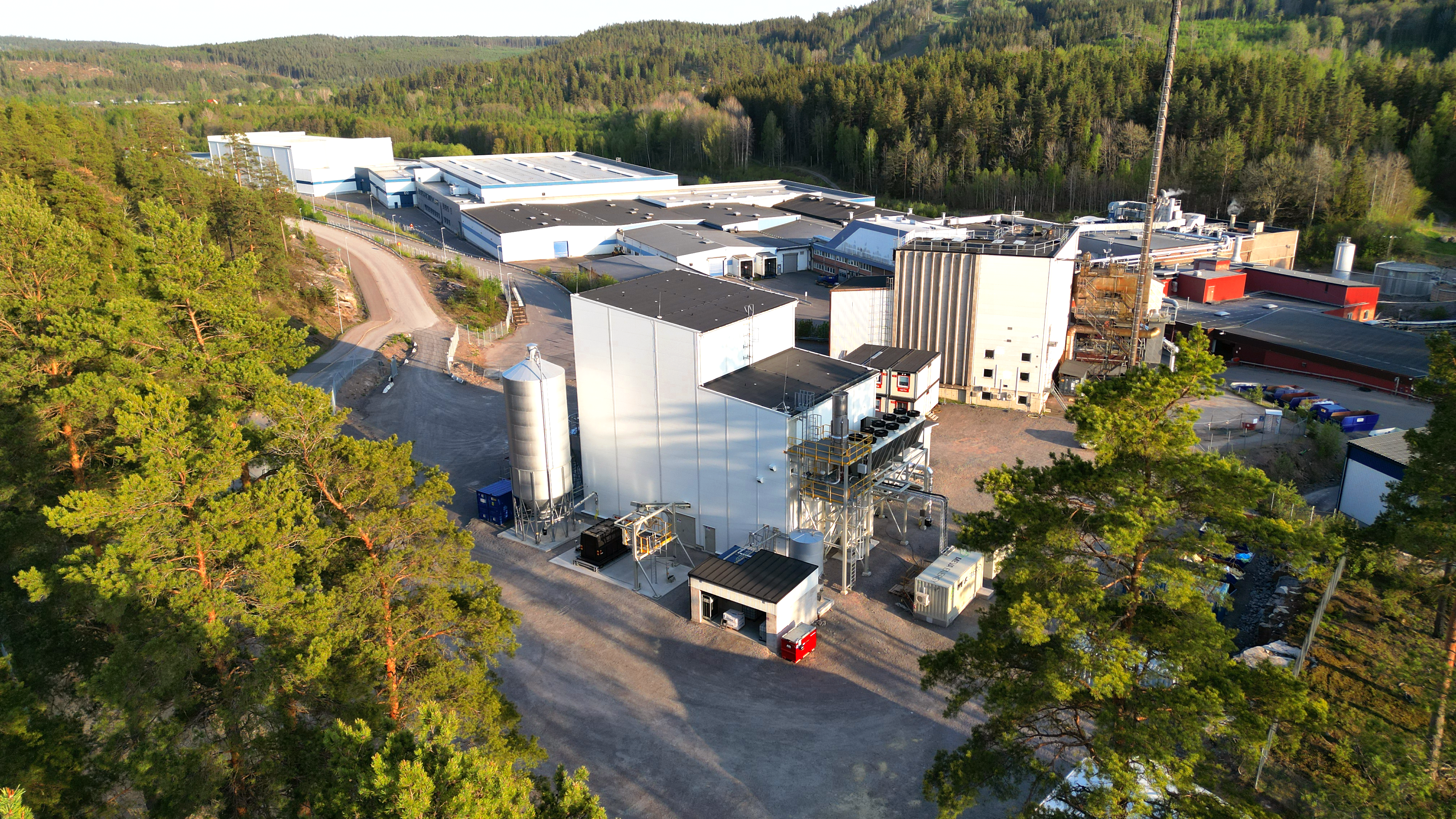Net-zero emissions
Net zero by 2050
Climate change, primarily driven by increased greenhouse gas emissions from human activities, is one of the most significant global challenges of our time. To mitigate its impacts and limit global warming, the Intergovernmental Panel on Climate Change (IPCC) has concluded that global emissions must reach net zero around 2050 in order to keep warming below 1.5 °C.
To make this a reality, the European Union has enshrined the goal of climate neutrality by 2050, with strategies that include emission reductions, the transition to renewable energy and the promotion of innovative technologies.
Reaching net zero means transforming the way we produce and use energy, changing industrial processes, making transport cleaner, improving buildings, and developing methods to remove and store carbon from the atmosphere.
We believe in a fossil free manufacturing industry where no biomass resources are wasted and no fossil emissions are created.
Industry account for over 20% of emissions
The manufacturing industry today accounts for large emissions of greenhouse gases and is heavily dependent on fossil energy resources. A change is needed to radically reduce the industry’s climate impact and to reduce its dependence on fossil resources. The largest emissions come from energy-intensive processes such as steel, cement, chemicals, and material production, processes that are difficult to electrify or replace with renewables.
To meet targets of achieving net zero, industrial emissions must be drastically reduced. The EU is increasingly stepping up efforts to achieve climate goals, introducing initiatives that support the industrial transition. The Fit for 55 package sets ambitious objectives, aiming for at least 55% lower net emissions by 2030 through energy efficiency, increased use of renewable energy, low-carbon fuels, and innovative solutions such as carbon capture, utilization, and storage (CCUS).
Reducing emissions across all scopes
Achieving net-zero emissions requires manufacturing industries to reduce their greenhouse gas emissions across all scopes defined by the Greenhouse Gas (GHG) Protocol: Scope 1 (direct emissions), Scope 2 (purchased energy), and Scope 3 (value chain emissions).
Biomass gasification as a decarbonization strategy for manufacturing industry
Meva Energy provides a biomass gasification technology that plays an important role in the manufacturing industry’s transition to renewable energy. The technology utilizes locally generated biogenic waste streams from industrial processes, converting low-quality biomass into high-quality biosyngas directly on-site.
By producing energy at the point of use, industries can reduce transport needs and logistics-related emissions. Moreover, biosyngas can directly replace fossil natural gas, enabling significant reductions in both Scope 1 and Scope 2 greenhouse gas emissions.
Scope 1: Direct Emissions
Scope 1 emissions are direct greenhouse gas emissions from sources owned or controlled by a company, including on-site fossil fuel combustion and industrial process emissions. Meva's locally produced renewable biosyngas can replace fossil gas in these processes, reducing direct CO₂ emissions, as the biogenic carbon is part of the natural carbon cycle.


Scope 2: Indirect Emissions
Scope 2 emissions are indirect greenhouse gas emissions resulting from the consumption of purchased electricity, heat, or steam. Manufacturing industries typically rely on grid electricity or fossil-based heat, which contributes significantly to their overall carbon footprint. Meva Energy’s on-site biosyngas can be used to generate low-carbon electricity or heat, reducing dependence on fossil-based energy from the grid.
Scope 3: Value Chain Emissions
Scope 3 emissions are indirect emissions across the company’s value chain, including upstream activities such as fuel production and transport. By providing on-site renewable energy and replacing fossil gas, Meva Energy helps manufacturers reduce upstream value chain emissions. We track and calculate the climate impact of our solutions to support measurable Scope 3 reductions.

Negative emission technology
Removing existing carbon
Achieving net-zero emissions requires not only the reduction of anthropogenic greenhouse gas emissions but also the active removal of residual CO₂ from the atmosphere. Carbon Dioxide Removal (CDR) technologies includes a range of approaches designed to capture and sequester atmospheric carbon, thereby mitigating the impact of emissions that are difficult or impossible to eliminate through conventional decarbonization.
Biochar from Gasification
In addition to biosyngas, biomass gasification produces biochar, a stable, carbon-rich material that can store carbon during a very long time. When applied to soil, biochar acts as a carbon dioxide removal (CDR) technology, effectively removing CO₂ from the atmosphere.
Together, biosyngas and biochar make the gasification process a multifunctional solution, enabling industries to generate renewable energy locally, lower emissions across all scopes, and actively contribute to net-zero and carbon-negative goals.

